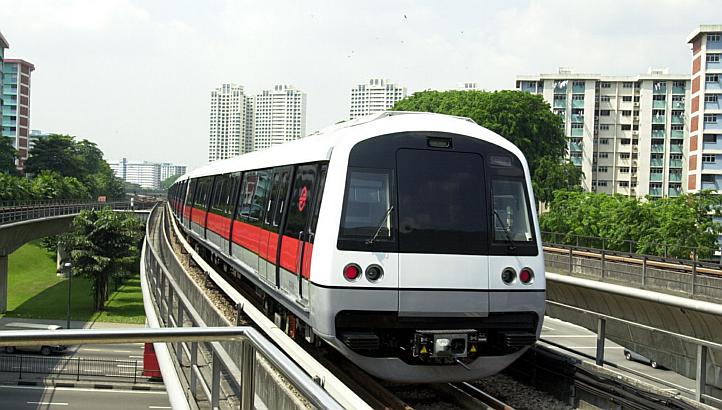Will the deferral of the -3.2% decrease in transport fares mean that – overall, commuters are worse off relative to the transport operators?
I refer to the article “Discount for commuters who enter stations before 7.45am on weekdays; all other fares unchanged” (Straits Times, Oct 30).
It states that “Commuters can pay up to 50 cents less in transport fares if they enter any of the 157 MRT stations before 7.45am on weekdays.
As to “The discounted fares before the morning peak period will amount to a fare adjustment quantum of -2.2 per cent. The balance -3.2 per cent quantum, which was allowable under this year’s fare formula, will be rolled over to the 2018 Fare Review Exercise” – does it mean that the -3.2 reduction would have resulted in a reduction in fares for practically everybody?
If this is the case – why are we deferring it to next year’s fare review exercise?
Is it fair to do this to commuters?
With regard to “The lower pre-peak fares will translate to a combined reduction of about $40.1 million a year in fare revenue for public transport operators” – will the net effect of the deferral of the “-3.2 per cent” mean that the transport operators may actually be making more or less money?
In respect of “About 300,000 rail commuters already travel before the morning peak and stand to benefit from lower fares. We hope that the lower morning pre-peak fares will encourage more rail commuters to make the shift to morning pre-peak travel.
Commuters currently get free rides if they tap out of 18 MRT stations within the city centre before 7.45am” – how many of these 300,000 may be worse off as it is now a reduction, instead of the current free rides?
As to “This has resulted in a a sustained 7 per cent shift of rail trips out of the morning peak hours, since it was introduced in June 2013. The peak period is between 7.45am and 9am.
The new off-peak discount will apply to all stations and when a commuter taps in before 7.45am. The discount will be 50 cents or the fare for the rail leg of their trip – whichever is lower.
Previously, free travel was only available if commuters tapped out before 7.45am at those 18 stations.
This new initiative was a result of the PTC reviewing the free pre-peak travel at the 18 stations and the off-peak pass, which allows unlimited travel outside peak periods of 6.30am to 9am and 5pm to 7.30pm on bus and train networks.
These two trials will end in December this year” – does it mean that some people (how many) may be worse off, in view of the ending of the trial?
With regard to “Under the new initiative, a commuter who taps into Beauty World station before 7.45am to travel to Tan Kah Kee station, will see his fares reduced from $0.87 to $0.37.
A student with concession fares, who also travels between the same stations at the same time and pays 42 cents, will pay nothing for his ride from Dec 29” – instead of giving us so many numbers and examples – why not just tell us the bottom line in absolute revenue projections – are the transport operators or commuters better or worse off in totality?
Leong Sze Hian
